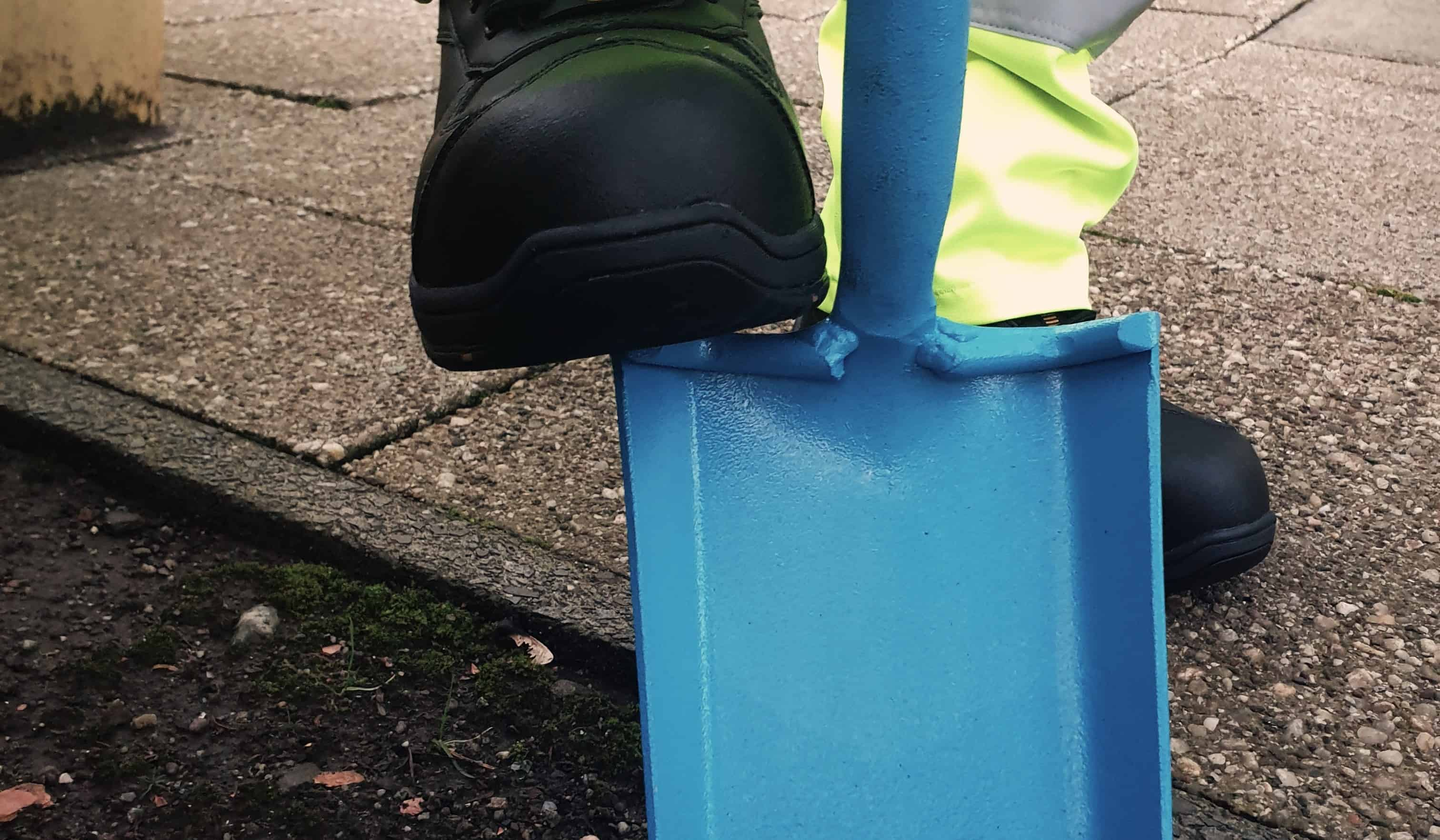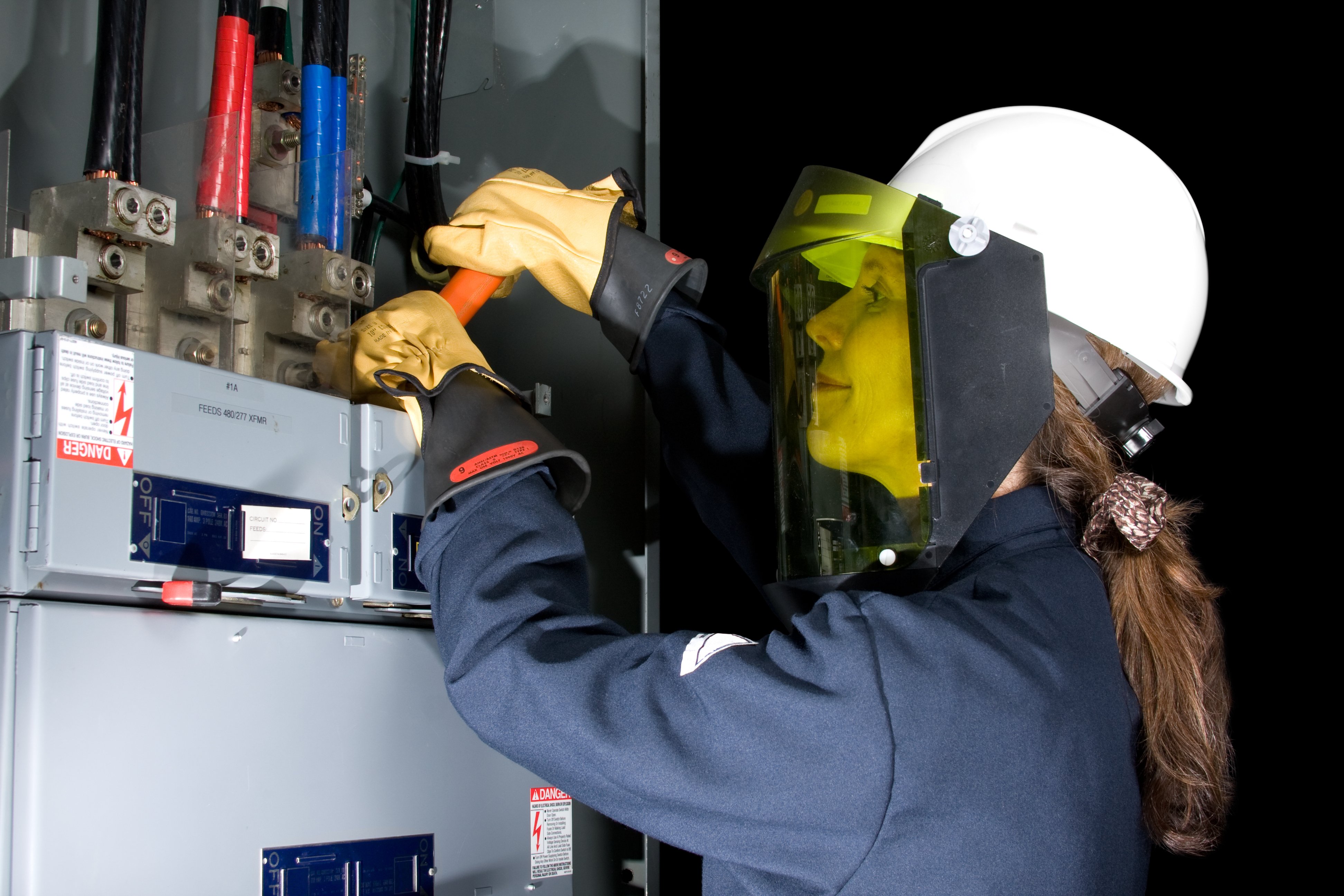It can be hard to know what standards you must follow to ensure compliance when providing arc flash PPE for your team. If you have been made aware that your team needs arc flash protection, or think they may need it, you might have already looked up what standards you need to comply with. Confused? That’s ok.
One of the biggest problems people face when they are new to arc flash protection is trying to find any legislation or guidance that tells them what they need. Why is it so hard? Because as far as legislated arc flash PPE provision goes, there is little at best that tells you exactly what applications arc-rated workwear is required in. In other words, no legislation or guidance states specific scenarios, workplace environments, or job roles that require arc flash protection. Before you continue reading be sure that you know what is Arc Flash and if your team needs arc protection.
LION is a trusted supplier of PPE, safety workwear, and equipment to the infrastructure and public sectors, and as such, has been helping clients find arc-rated workwear for their teams for over a decade. We understand how steep a learning curve it can be when you are new to arc flash protection procurement and need to understand what is best for your employees.
That’s why in this article we’re going to help you understand the key safety standards that you need to be aware of before you kit out your staff with arc flash protection.
Don’t worry, we’re not going to chuck industry jargon at you; this is a simple guide to the standards themselves, what they mean and how it affects you so that you can be confident in your knowledge of the standards you must be compliant with when it comes to purchasing arc flash PPE.
What are the arc flash clothing safety standards?
Three key standards cover arc flash PPE:
- IEC 61482-2,
- BS EN ISO 11611,
- BS EN ISO 11612.
It is worth noting here that if you are buying arc flash protection, you may need to be compliant with other standards, such as the standard for high-visibility clothing (BS EN ISO 20471), depending on the application.
What is IEC 61482-2?
IEC 61482-2 is the overall standard covering protective clothing against the thermal arc hazards of an electric arc. It is a requirement for selling arc flash PPE in the EU.
This standard covers these key areas:
- Garment design
- Material Requirements
- Testing methods
Garment design
There is a lot to consider in garment design, but in a nutshell: garments should cover up to the neck, over the wrists, and from the waist to the ankles. Outer garments should cover and overlap when the wearer extends arms over their head and bends until their fingertips touch the ground.
Testing methods
Arc flash protection must undergo two testing methods:
- Open Arc Testing Method
- Box Test Method
Open Arc Testing Method: IEC 61482-1-1
Open arc testing provides a calorific value (cal/cm2) for each garment/fabric which is expressed as an arc thermal protection value (ATPV), breakopen threshold energy value (EBT), or incident energy limit (ELIM). This means that layered garment systems can be built up with testing results corresponding directly to the results of your arc flash study.
Box Test Method: IEC 61482-1-2
This method gives results in 2 classes:
- Class 1: 4kA (APC1)
- Class 2: 7kA (APC 2)
APC 2 is the higher level of protection out of the two classes. These classes are more predominantly used in the European market, but they can’t be directly related to the results of your arc flash study in the same way that calorific values can be in the Open Arc Testing Method.
If a garment you are looking at, or a range of garments, is manufactured outside of the UK, or EU, or made by a company who are not based in these regions, there is a chance that this clothing may not be manufactured to this standard. It is important to always ask your supplier to provide proof that the products you are considering attain and have been tested to this standard. If they do not achieve this standard, you are not compliant and your workers are at risk.
What is BS EN ISO 11611?
BS EN ISO 11611 covers standards for protective clothing to be used in welding and allied processes. There are a set of testing criteria to match this standard, which essentially looks at how fabrics cope with; radiant heat (ISO 6942), exposure to molten metal spatter (ISO 9150), flame application (to test for limited flame spread - ISO 15025), and electrical resistance (EN 1149-2).
Once fabrics have undergone this testing they are allocated either a Class 1 or Class 2 status. Class 1 fabrics are suitable for lower-hazard welding applications, Class 2 materials are suitable for higher-hazard welding applications.
What is BS EN ISO 11612?
BS EN ISO 11612 covers the minimum performance requirements of protective clothing to protect against heat and flame. This standard replaces EN531 and applies to many applications which offer limited flame spread and protection against hazards such as radiant heat, convective heat, and splatters of molten metal.
Several tests are involved in this standard, the results of which are represented by the letters A, B, C, D, or E. A number after these letters indicates the performance of the fabric within any test. For more information on these tests, see Appendix 1.
The general requirements for fabrics under this standard, are mechanical strength and heat resistance at a temperature of 180 degrees C, under which the material will not ignite, melt or shrink by more than 5%.
What level of arc protection do I need to provide for my staff to be compliant?
If you are asking this question, you likely haven’t had an arc flash study. An arc flash study is the only way to determine:
- Whether your employees require arc flash protection
- What level of protection does your staff need
An electrical safety expert should carry out an Arc study to ensure you understand the risks posed to your team and how to mitigate those risks best. An Arc study will also help you to understand what CAL rating your garments need to have to be compliant.
What do I do next?
- Still not sure whether your team needs arc flash protection? Check out What is an Arc Flash and Do my Team Need Arc Flash Protection?
- Think your team needs arc flash PPE but aren’t sure of the level of protection they require? Read our article What is an Arc Flash Study?
- Ready to start making decisions on arc flash workwear but aren’t sure how? Read How to Choose the Right Arc Flash PPE
If you’d rather speak to a member of our team about this, you can book a call with our Director of Business Development today.

